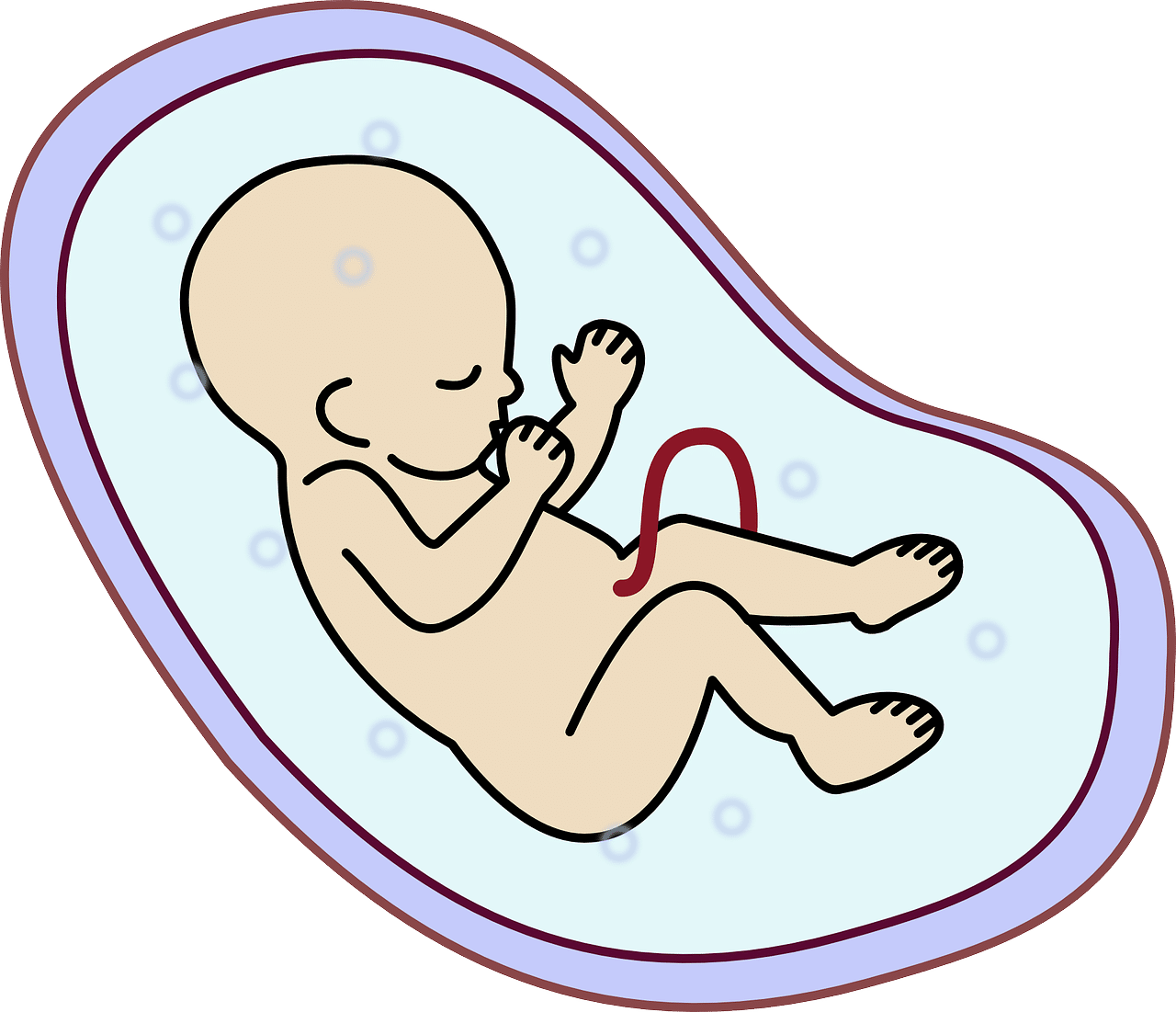
Cerebral palsy is a permanent disability that affects psychomotor skills.
Cerebral palsy is one of the most common childhood disabilities . According to doctors, it is a permanent disorder that threatens the psychomotor skills of the person who suffers from it. Psychomotor disorders related to cerebral palsy usually occur along with sensory, cognitive, communication and perception problems.
Lesions derived from cerebral palsy can be evident between the fetal stage and up to three years of age . Brain damage that appears after that period may be referred to as cerebral palsy, but is not considered part of this disorder.
Causes of cerebral palsy
Among those brain causes that cause a child to suffer from this disease are hypoxia , which is when low levels of oxygen occur in said organ. However, issues such as bleeding in the brain , head trauma , brain infections such as meningitis or infections suffered by the mother during pregnancy are also established as possible origins of that.
In developed nations, the incidence of this disease is between 2 and 2.5 per thousand births . It should be noted that, despite medical advances, this rate has not been able to be reduced in the last six decades. On the other hand, it is necessary to highlight that a cure for cerebral palsy has not yet been found. Therefore, the only alternative is to assist and contribute through treatments and stimuli to the personal development of those who suffer from it.

Cerebral palsy can develop during the fetal stage.
Classification according to type
According to its functional effects and location, cerebral palsy can be divided into spastic (the lesion is located in the pyramidal bundle and causes notable rigidity of movements), athetotic (located in the extrapyramidal bundle, causes involuntary movements that make body mobility difficult. considered normal), ataxic (the lesion is located in the cerebellum and prevents the body from achieving optimal balance, in addition to hindering coordination and control of hands and eyes) and mixed forms (a combination of the aforementioned types).
Among the most common symptoms suffered by a person with spastic cerebral palsy are stiff joints, muscle weakness, tense muscles that are not able to stretch, or an abnormal way of walking.
The rest of the types of paralysis can be detected taking into account that the patient in question suffers from tremors, obvious loss of coordination , problems with hearing , vision and speech, difficulty feeding, increased drooling, incontinence. urinary tract and slower growth than would be normal.
According to the part of the body that has been affected, cerebral palsy is distinguished between hemiplegia , diplegia , quadriplegia , paraplegia , monoplegia and triplegia . Finally, depending on the muscle tone, we speak of an isotonic , hypertonic , hypotonic or variable disorder.
Cerebral palsy treatment
Unfortunately, and due to many existing scientific and health advances, cerebral palsy is a disease that has no cure . Therefore, with patients who suffer from it, what is attempted is to carry out treatment with the sole objective of helping them learn to be as independent as possible.
To achieve this goal, they will have the help of professionals such as speech therapists, physiotherapists, occupational therapists, social workers and dentists, for example.
In the same way, it must be emphasized that any treatment carried out will also focus on the intake of medications to reduce tremors, prevent or reduce seizures and to reduce drooling.
